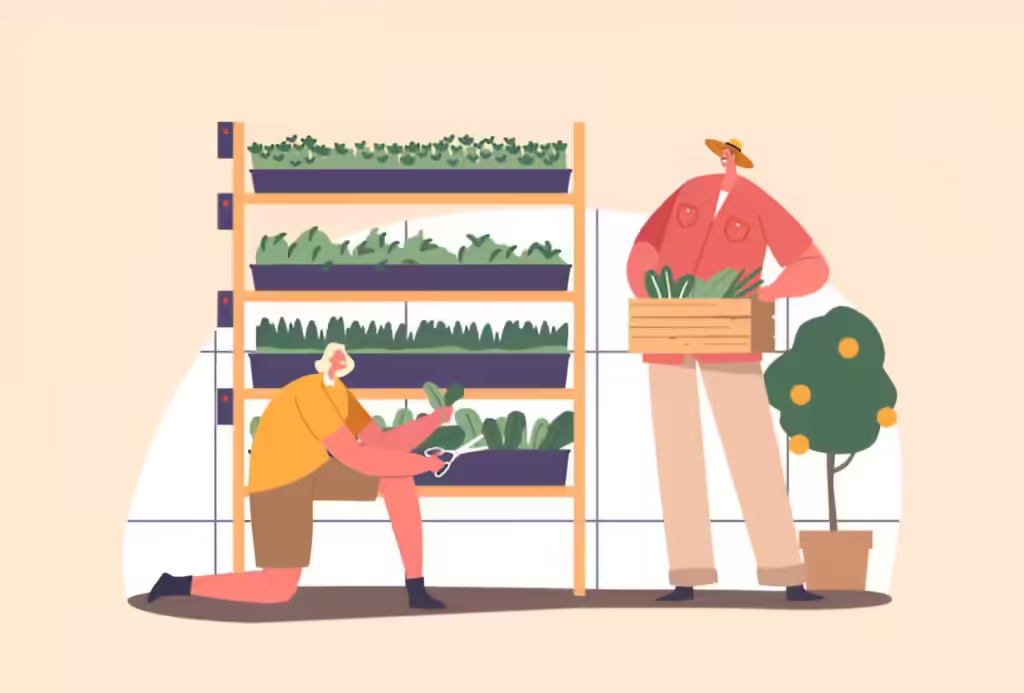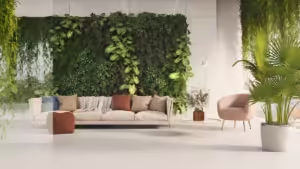Hydroponic gardening is a soil-free method of cultivating plants by delivering nutrients directly through water.This innovative approach lets you grow herbs, leafy greens, and even fruiting plants like tomatoes indoors, year-round, without worrying about the weather outside. Because the plants receive their nutrients directly, they tend to grow faster and produce higher yields compared to traditional soil gardening. Whether you have a spacious home or a small apartment, hydroponic gardening offers a versatile solution to create your personal green oasis.
By replacing soil with inert growing mediums like coconut coir, perlite, or clay pebbles, hydroponic systems also significantly reduce the risk of pests and soil-borne diseases. This results in healthier plants and a cleaner indoor environment. The space-efficient design of most hydroponic systems makes them ideal for those who want to cultivate fresh produce in tight spaces. With water usage reduced by up to 90% compared to traditional gardening, it’s also an environmentally friendly way to grow your own food.
Are you ready to dive into the world of indoor hydroponic gardening? Let’s explore how you can set up your own system, choose the right plants, and ensure a thriving indoor garden—all without a single bag of soil.
Benefits of Indoor Hydroponic Gardening
- Space-efficient: Perfect for small apartments or homes with no outdoor space.
- Year-round growing: No need to worry about seasonal changes or weather conditions.
- Water-saving: Hydroponic systems use up to 90% less water than traditional soil gardening.
- Faster growth: Plants often grow 30-50% faster in hydroponic systems.
- No soil-borne diseases: Eliminates many pest and disease issues associated with soil.
- Complete control: You determine the light, nutrients, and water your plants receive.
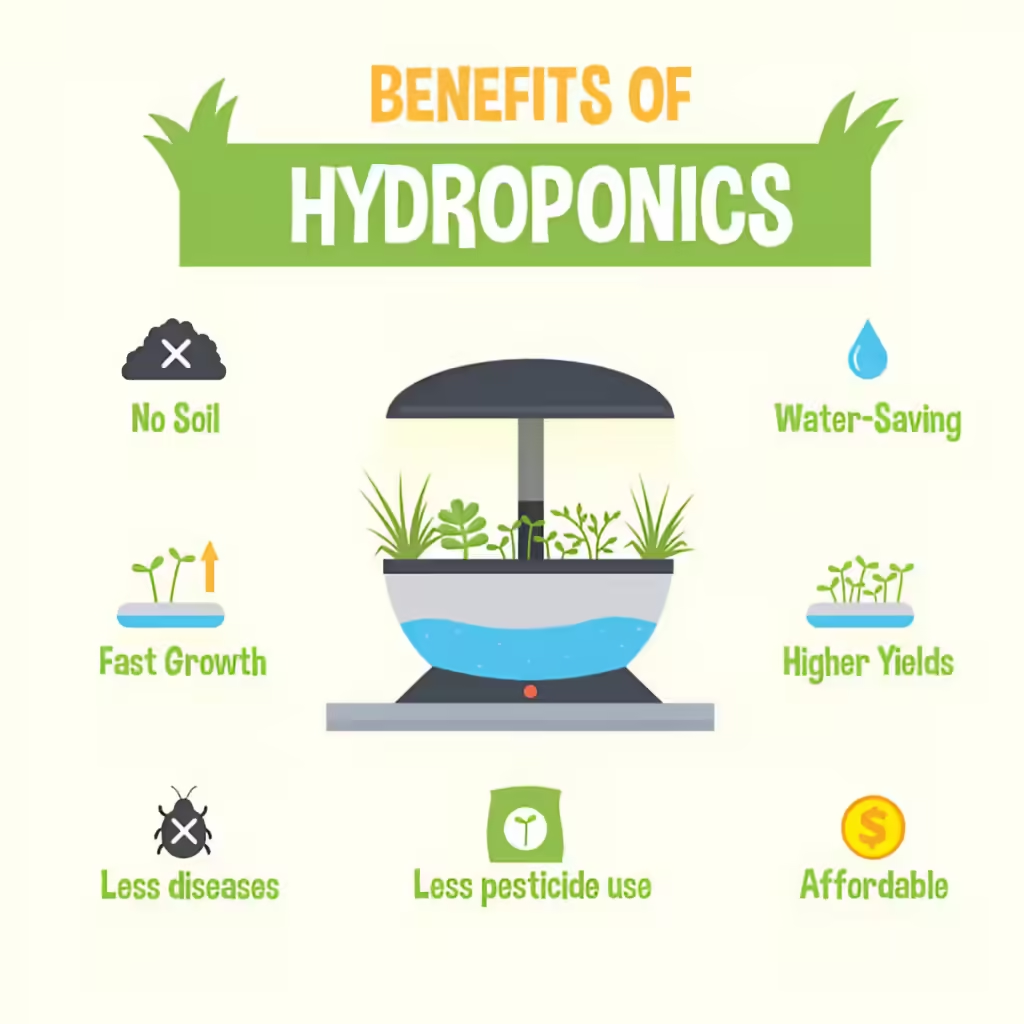
Essential Components of a Hydroponic System
To set up your indoor hydroponic garden, you’ll need:
- Grow lights
- Nutrient solution
- Growing medium (like rockwool, perlite, or coconut coir)
- Water pump and air stone
- Reservoir for the nutrient solution
- Net pots or growing containers
If you’re new to hydroponic gardening or prefer a ready-made solution, you can find complete hydroponic systems and individual components on marketplaces like Amazon. These pre-made kits can be a great way to get started with indoor hydroponic gardening quickly and easily.
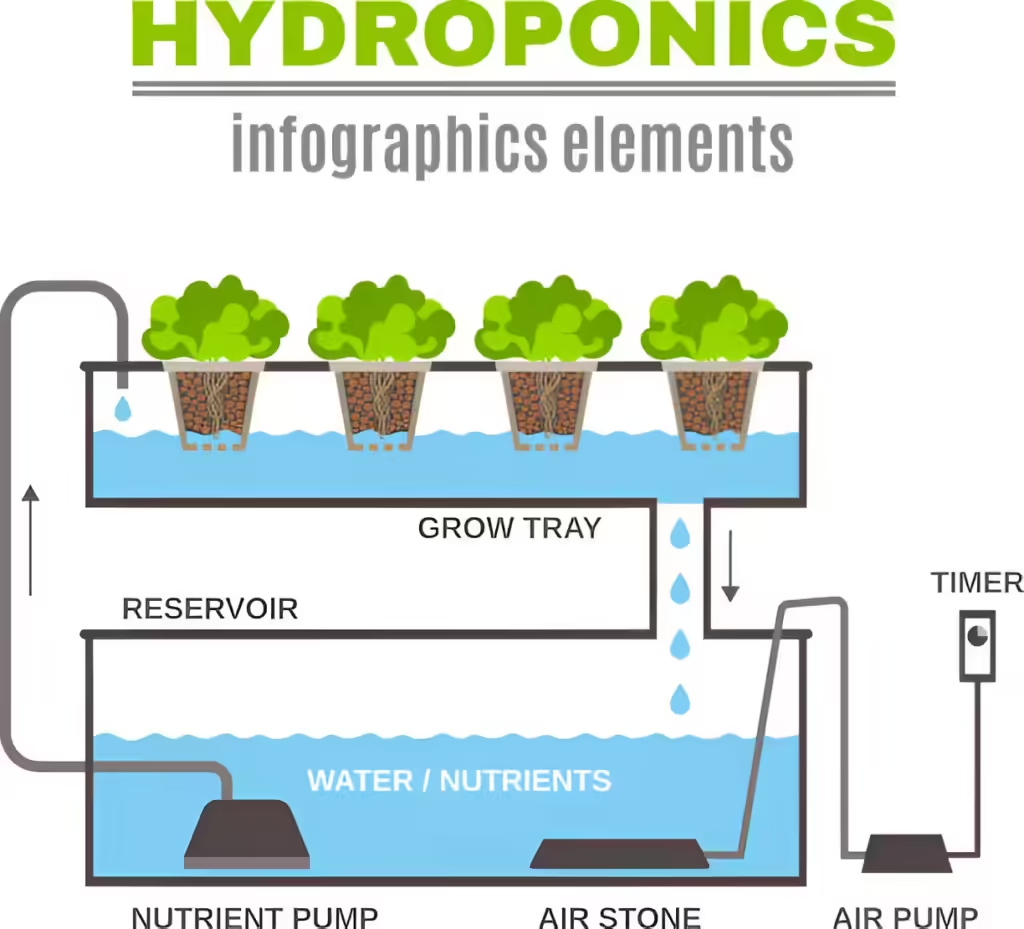
Popular Plants for Indoor Hydroponic Gardens
Many plants thrive in hydroponic systems. Some popular choices include:
- Leafy greens (lettuce, spinach, kale)
- Herbs (basil, mint, cilantro, parsley)
- Tomatoes (cherry varieties work well)
- Peppers
- Strawberries
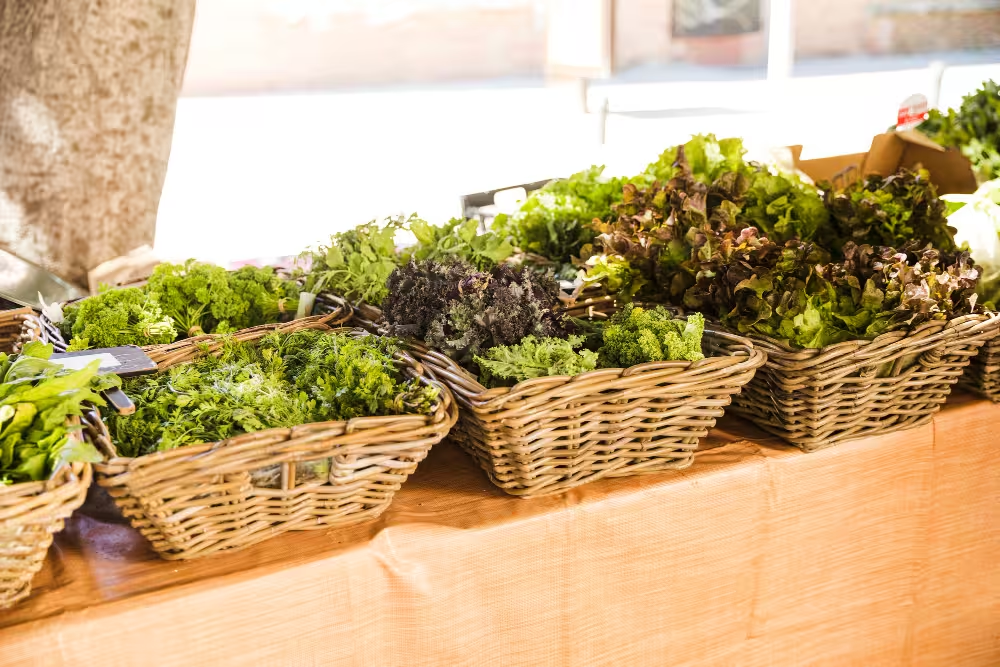
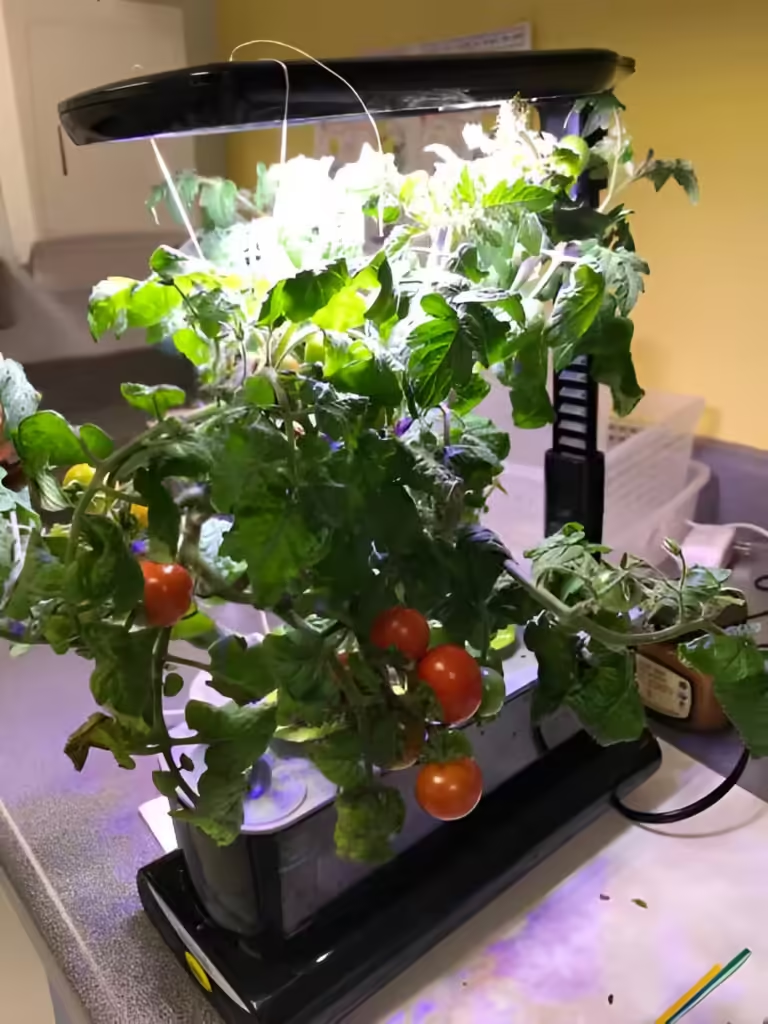
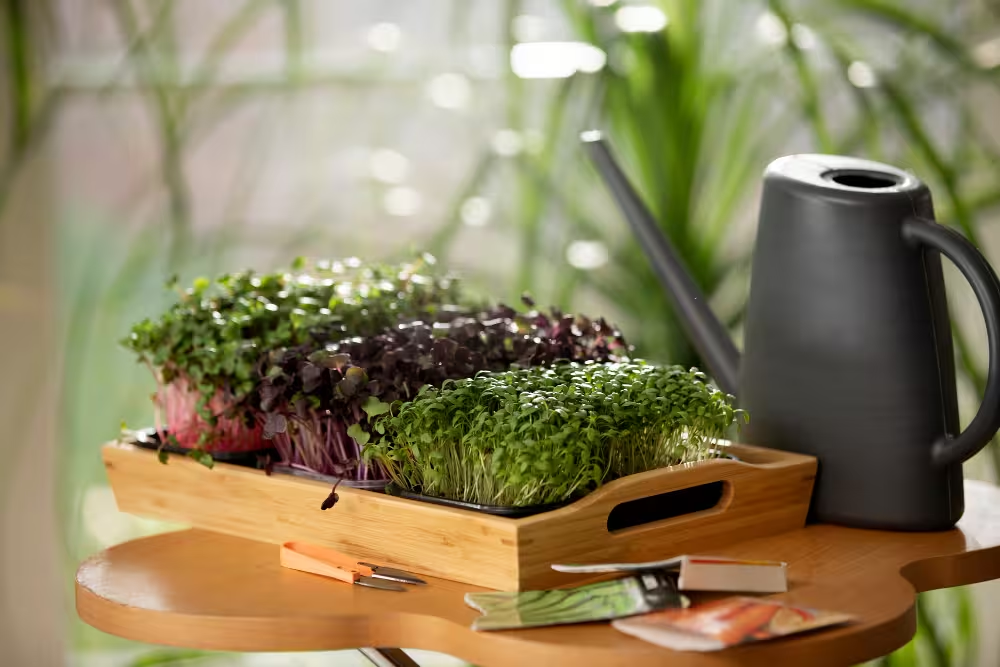
Steps to Set Up Your Own Indoor Hydroponic Garden
- Choose your system: Decide between a DIY setup or a pre-made kit.
- Select your growing location: Find a spot with access to electricity and away from direct sunlight.
- Assemble your system: Set up the reservoir, pump, and growing containers.
- Prepare your growing medium: Soak your chosen medium in pH-balanced water.
- Plant your seeds or seedlings: Place them in net pots filled with the growing medium.
- Add nutrient solution: Fill your reservoir with water and hydroponic nutrients.
- Set up your lighting: Position grow lights above your plants.
- Monitor and maintain: Regularly check pH levels, nutrient concentrations, and plant health.
Maintenance Tips
- Change the nutrient solution every 1-2 weeks.
- Clean the system thoroughly between grow cycles.
- Prune plants as needed to promote healthy growth.
- Monitor for any signs of nutrient deficiencies or pH imbalances.
- Ensure proper air circulation to prevent mold growth.
Conclusion
Indoor hydroponic gardens offer a fascinating and rewarding way to grow your own fresh produce year-round. With a bit of initial setup and ongoing care, you can create a thriving oasis of greenery in your home, enjoying the fruits (and vegetables) of your labor right at your fingertips. Whether you’re a seasoned gardener looking to expand your horizons or a curious beginner eager to try something new, indoor hydroponic gardening provides an exciting opportunity to connect with nature and take control of your food supply – all from the comfort of your own home.
So why wait? Start planning your indoor hydroponic garden today and get ready to harvest the benefits of this innovative growing method!
For additional tips, explore our Ultimate Guide to Indoor Gardening

